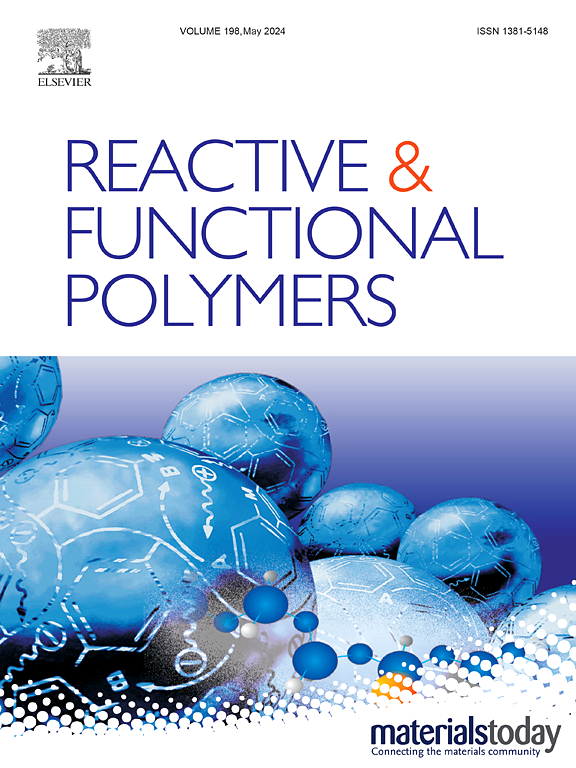Copolymerization mechanism of bismaleimide and cyanate Ester resins: Effect of naphthalene structures
IF 4.5
3区 工程技术
Q1 CHEMISTRY, APPLIED
引用次数: 0
Abstract
With the development of aerospace and printed circuit board (PCB) industries, the thermal performance requirements for BT resins are continuously increasing. In this paper, naphthalene structure was introduced into the common BT resin system to improve the heat resistance of BT resin, and the effect of the naphthalene structure on the curing mechanism was investigated. Comprehensive studies on the copolymerization and curing mechanisms of the N,N′-(4,4′-methylenediphenyl)bismaleimide/bisphenol A cyanate resin (BDM/BADCy) system and the N,N′-(4,4′-methylenediphenyl)bismaleimide/bisphenol A cyanate/naphthalene cyanate (BDM/BADCy/DNCy) system were carried out without the use of a catalyst, by using Differential Scanning Calorimetry (DSC), Dynamic Mechanical Analysis (DMA), Pyrolysis Gas Chromatography-Mass Spectrometry (Py-GC–MS), Fourier transform infrared (FTIR), and two-dimensional Infrared (2D-FTIR) analytical techniques. The experimental results demonstrated that the cyanate ester (CE) and bismaleimide (BMI) initially copolymerized, predominantly leading to the formation of a pyrimidine structure. Subsequently, in the later stage of the reaction, CE underwent homopolymerization to form a triazine ring structure. The incorporation of the naphthalene ring conspicuously enhanced the reactivity, effectively lowered the curing temperature, expedited the onset of the copolymerization reaction, and promotes the formation of more copolymers. Moreover, due to the rigid nature of the naphthalene ring and the increased cross-linking density, the heat resistance of cured BT resin was consequently improved. This study provides valuable insights for the fabrication of high-performance BT resins with naphthalene ring structures.

求助全文
约1分钟内获得全文
求助全文
来源期刊

Reactive & Functional Polymers
工程技术-高分子科学
CiteScore
8.90
自引率
5.90%
发文量
259
审稿时长
27 days
期刊介绍:
Reactive & Functional Polymers provides a forum to disseminate original ideas, concepts and developments in the science and technology of polymers with functional groups, which impart specific chemical reactivity or physical, chemical, structural, biological, and pharmacological functionality. The scope covers organic polymers, acting for instance as reagents, catalysts, templates, ion-exchangers, selective sorbents, chelating or antimicrobial agents, drug carriers, sensors, membranes, and hydrogels. This also includes reactive cross-linkable prepolymers and high-performance thermosetting polymers, natural or degradable polymers, conducting polymers, and porous polymers.
Original research articles must contain thorough molecular and material characterization data on synthesis of the above polymers in combination with their applications. Applications include but are not limited to catalysis, water or effluent treatment, separations and recovery, electronics and information storage, energy conversion, encapsulation, or adhesion.
 求助内容:
求助内容: 应助结果提醒方式:
应助结果提醒方式:


